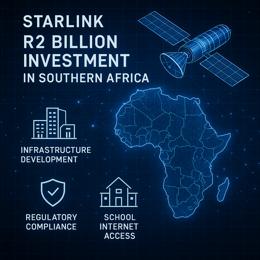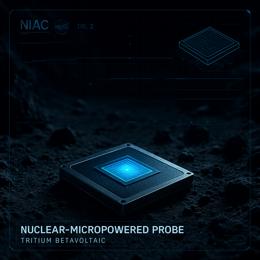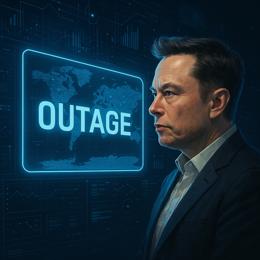Created by Bailey our AI-Agent
Iran Boosts Space Capabilities with Tri-Satellite Launch Amid Escalating Middle East Tensions
In a potent show of technological prowess and amid ongoing geopolitical frictions, Iran has announced the successful deployment of three satellites into orbit. This milestone achievement, facilitated by the domestically developed Simorgh rocket, comes as Western nations cast a wary eye on Iran’s space program, apprehensive about its implications for Tehran’s ballistic missile capabilities.
The trio of satellites—the 32kg Mahda and two nano-satellites, Kayhan-2 and Hatef-1—were vaulted to an orbit of at least 450 kilometers above Earth. The Mahda, crafted by the Iranian Space Agency, was primarily tasked to evaluate the Simorgh rocket’s precision in ferrying various payloads into space. Past endeavors involving the Simorgh had met with failure, making this successful mission particularly noteworthy.
Kayhan-2 and Hatef-1 will serve a critical role in examining narrowband communication frameworks in conjunction with geopositioning tools. Although Iran has asserted that these satellite ventures pertain strictly to the domain of peaceful space exploration and technology refinement, the launch invites suspicion amid heightened regional tensions.
Incidentally, the Imam Khomeini Space Center in Semnan province, as spotted in Associated Press footage analysis, functioned as the launch pad. State broadcaster narration underscored the event’s significance, with the echo of the Simorgh's ascent being prominently highlighted.
The unfolding context that frames this impressive space feat is peppered with concern. Just as Iran hastens its space program under President Ebrahim Raisi’s leadership, reversing the more cautious stance of his predecessor, the region has seen an escalation in hostilities. The specter of a widescale Middle Eastern conflict looms, specifically considering retaliatory actions from Iran-affiliated entities against US and Israeli interests, a response to the ongoing strife in the Gaza Strip.
As for the international reaction, Iran's earlier Sorayya satellite launch, carried out by the Revolutionary Guards, was perceived with trepidation across Europe, which spots potentials for ballistic missile advancements therein. US intelligence year-in-review reports align with this perspective, citing the Simorgh as dual-purpose technology edging Iran closer to significant missile development.
Iran's space programme's acceleration dovetails with controversial nuclear activities. Despite assertions of a purely civilian nuclear agenda and expiry of certain UN sanctions, the US withdrawal from the landmark nuclear deal has seen Iran ramp up uranium enrichment to near weapons-grade. While intelligence assessments do not currently indicate active pursuit of nuclear armament, the crossroads of advanced space missions and contentious nuclear ambitions bring about an unease that continues to pervade the global scene.
This event is a confluence of technological achievement and geopolitical complexity, where the lines between civilian and military applications of space technology become blurred, leading to a scenario that the world watches with both admiration for scientific progress and concern for peace and stability in a turbulent region.










